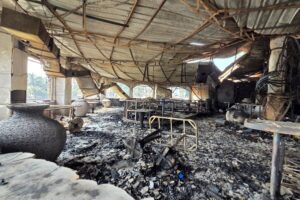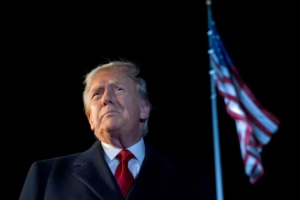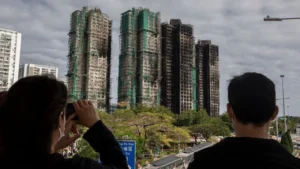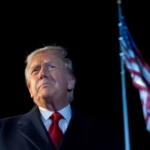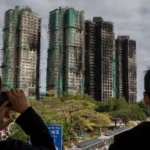Being a Kenyan artist can be both rewarding and challenging. While Kenya has a vibrant and diverse arts scene, there are several struggles that Kenyan artists often face.
Kenyan artists have limited financial support. Unless you’re from a rich family that values art, you’re in deep trouble. Who knew the lack of finances in history was such a strong point in real life? Many Kenyan artists struggle to secure funding and financial support for their artistic endeavours.
Government funding for the arts is insufficient, and private sponsors are scarce. Many musicians and artists struggle to make their music much less release their songs because they have no money to book a studio and record, or money to pay that producer.
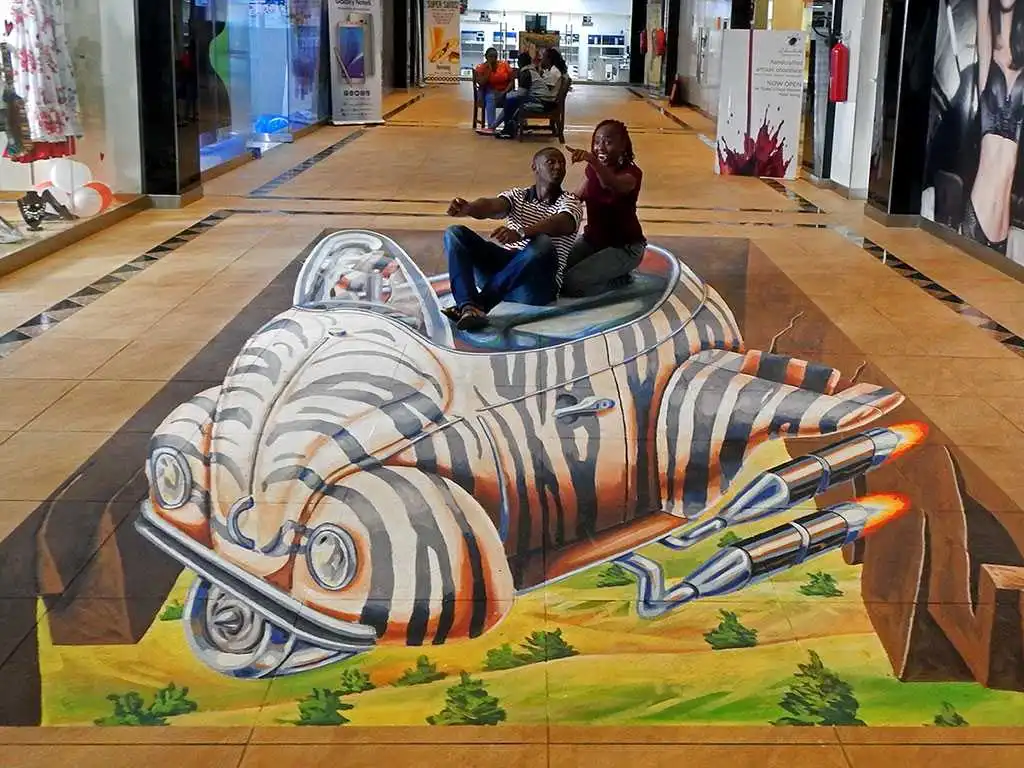
In addition to that, there are limited exhibition opportunities and showcase events. The art industry in Kenya is still developing, and there are limited exhibition spaces and platforms available for artists to showcase their work. Galleries and art institutions may be few in number and highly competitive, making it challenging for emerging artists to gain exposure and recognition.
The expensive nature of securing a spot in these galleries makes it even harder to be part of. Now the artists are taking to the streets, setting up their pieces and even offering live painting just so that they can get that exposure.
“Galleries in Nairobi are sort of greedy. They take up 40% of the money I earn just for using their facilities, ” Bakhita Sheni a surrealist painter said.
Societal perception and recognition of art as a way to earn money and live off of it. Despite Kenya’s rich cultural heritage, the value and importance of art are not always fully recognized by society. Many artists face a lack of appreciation for their work, and the perception that art is not a viable career path can discourage aspiring artists.
There have been exhibitions being hosted by art galleries expecting huge crowds to turn up and finances to roll in. But one of these two things happens, either people don’t show up or people show up and buy nothing.
This is the main reason why art galleries are majorly found around Westlands, Lavington and such areas. There, more people can appreciate art because they have money to spare.
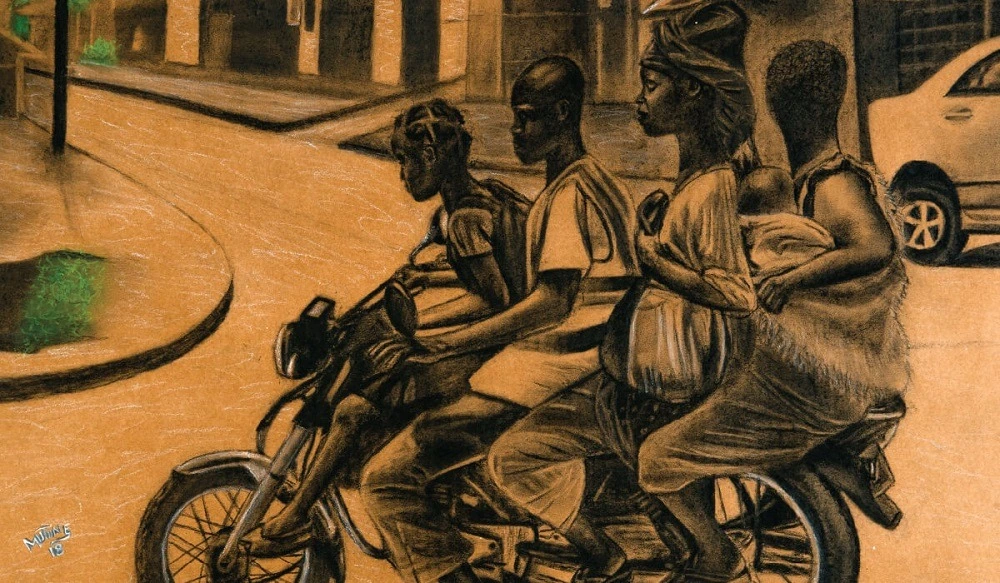
Being an artist means that you have to be the best for you to make a living out of it. But being the best means that you need money to buy the equipment needed and be willing to waste a little in the learning stages. Many therefore opt to learn it first and then spend money later.
While there are educational institutions and art programs in Kenya, access to quality art education and training can be limited, particularly for artists in rural areas. The institutions are either too expensive because most are private or they are too unequipped for the public ones.
Now, as an artist, you make it through all the mentioned hurdles and produce your art. Here comes the most challenging part of art. Many artists find it challenging to market and promote their work effectively. The streets are too occupied for you to set up a booth peacefully.
With city council people roaming the streets just waiting to pull you out. With nothing more to do, they take photos and post them on their socials. Maybe someone will see something they like and buy, or maybe they’ll just see it.
Despite these challenges, many Kenyan artists are resilient and continue to create remarkable work.
Read Also: The Most Followed Gospel Artist By Kenyans



